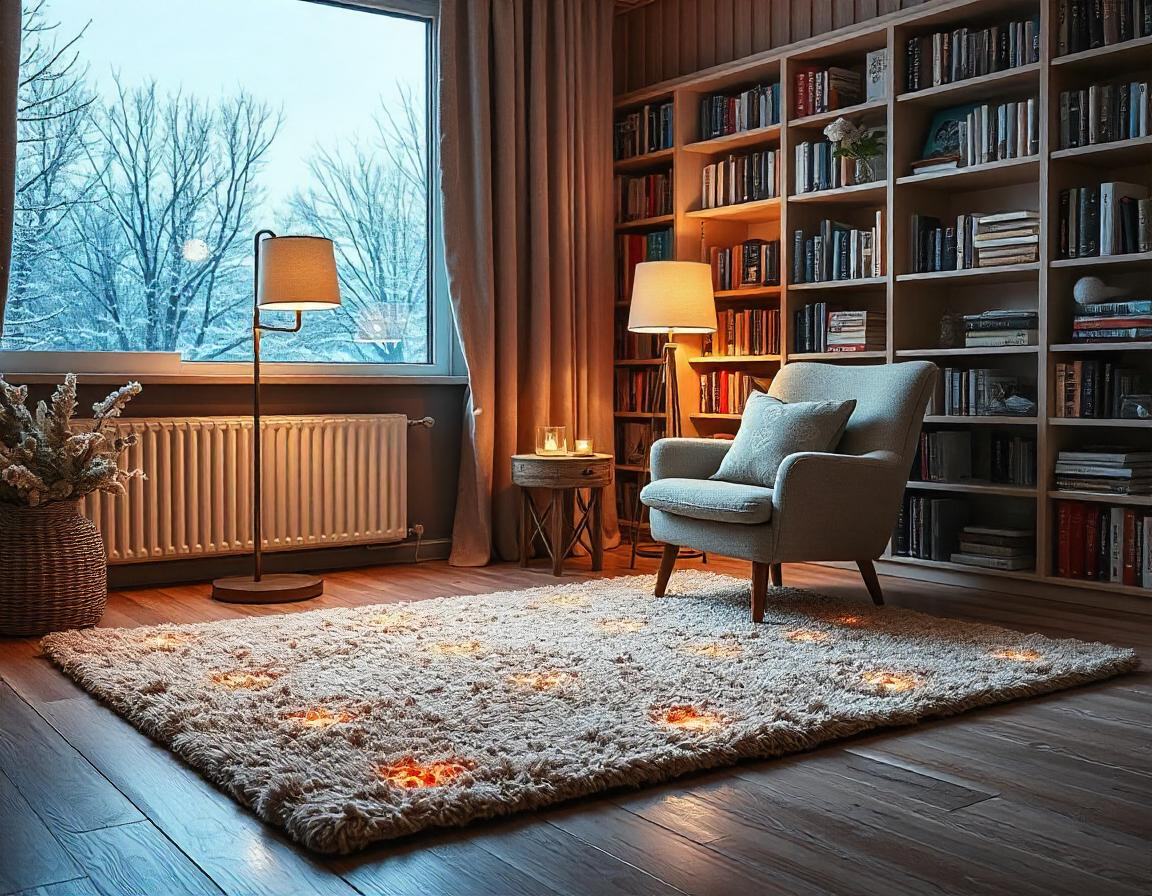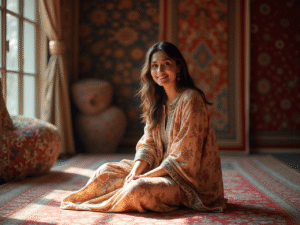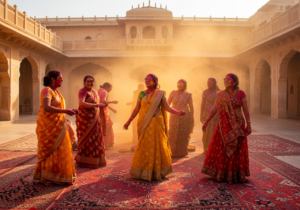Rugs are no longer just functional floor coverings—they have become masterpieces of design, culture, and craftsmanship. For the modern connoisseur, collectible rugs offer a gateway to exploring history, global traditions, and innovative artistry.
If you’ve ever wondered what sets collectible rugs apart, why they’re gaining such recognition, and how to curate your own collection, you’re in the right place. This blog dives into the world of rug artistry, offering insights into their significance and tips for integrating these intricate pieces of art into your modern space.
Why Rugs Are More Than Just Decor
Rugs transcend functionality to become pieces of cultural storytelling and artistic expression. From the intricate weaving of Persian carpets to the bold modern designs of contemporary art rugs, each piece carries its own heritage and unique craftsmanship.
Cultural Significance
Collectible rugs tell stories that span generations. Traditional Persian rugs, for example, often depict narratives inspired by local folklore, nature, and history. Similarly, Moroccan Berber rugs are known for their symbolic motifs that communicate family stories and tribal traditions. Owning such a rug is like holding a piece of living history—a tactile connection to a different time and place.
Art and Innovation
Contemporary rug makers blur the lines between traditional craftsmanship and modern art. Designers experiment with new textures, asymmetrical patterns, and avant-garde techniques, creating rugs that are arguably as worthy of being displayed on a wall as any painting or sculpture.
Investment Value
Rug collecting isn’t solely about aesthetics. High-quality collectible rugs often appreciate in value over time, particularly those that represent the peak of craftsmanship or are created in limited editions. Acquiring such pieces can be a rewarding venture, both personally and financially.
What Makes a Rug a Collectible?
While many rugs may be beautiful, not all can be considered collectible. Here are the four main elements that set collectible rugs apart.
1. Craftsmanship
Handwoven or hand-knotted rugs require a high level of skill and can take months—or even years—to create. Each knot represents precision and dedication, making these pieces superior to their machine-made counterparts. Collectors value rugs that demonstrate mastery of weaving techniques and meticulous attention to details.
2. Material Quality
The type of material plays a critical role in determining a rug’s value. Traditional rugs often use high-quality materials like handspun wool, organic silk, or fine cotton, which contribute to their durability and texture. Natural dyes derived from plants, insects, and minerals further enhance their authenticity and vibrancy.
3. Age and Provenance
Antique rugs, typically those over 100 years old, are highly coveted. Their appeal lies not only in their age but also in their history. Buyers often seek provenance or documentation showing a rug’s origins, which can add to its significance.
4. Rarity
Limited-edition designs or rugs made by iconic weavers and designers hold significant value in the collectible market. Patterns, sizes, or techniques that are no longer replicated—or only available in limited supply—make a rug particularly rare and desirable.
Incorporating Collectible Rugs Into Your Modern Space
Integrating collectible rugs into contemporary interiors might seem daunting, but it’s a rewarding design pursuit. These pieces can serve as the focal point of your space—blending artistry and functionality.
Creating a Focal Point
A collectible rug can instantly elevate any room. Opt for bold and intricate designs to ground minimalist spaces, or choose complementing patterns for an eclectic look. Place the rug where it can shine—a living room, bedroom, or entryway works well to showcase its beauty.
Wall Display
Rugs don’t always belong underfoot. When they’re too exquisite to be tread upon, consider mounting them on the wall as a tapestry. Wall-mounted rugs are striking conversation starters and can make your interiors museum-worthy.
Layering Textures
Layering rugs has become a popular trend in interior design. Combine a collectible rug with neutrally toned area rugs for added depth and texture. This approach allows a unique and high-value rug to take center stage, while creating a cozy atmosphere.
Rug Preservation
Ensure your investment is well-protected. Use professional cleaning services for upkeep, avoid placing rugs in high-traffic areas, and implement UV-protective measures to preserve their colors over time. Proper care can extend the life—and maintain the value—of your collectible piece.
Navigating the Market for Collectible Rugs
Entering the world of collectible rug artistry can feel overwhelming, but knowing how to approach the market helps simplify the process.
Buying from Established Dealers
Seek out reputable dealers who specialize in vintage, antique, or high-end rugs. Conduct your own research and ask for the rug’s provenance details to verify its authenticity.
Exploring Auctions
Major auction houses like Christie’s and Sotheby’s often host sales featuring rare and collectible rugs. Bidding at auctions gives you access to some of the finest, most exclusive pieces available.
Supporting Modern Artisans
Many contemporary rug designers and weavers are pushing the boundaries of textile art. Supporting modern artisans doesn’t just help your collection—it also ensures that the craft of rug-making continues to thrive.
Questions to Ask When Purchasing
Before making a significant investment, ask the right questions:
- Is this rug handmade or machine-made?
- Are the dyes used natural or synthetic?
- What is the rug’s origin and provenance?
- What care instructions should I follow?
- Will this rug appreciate in value?
Trends in Contemporary Rug Artistry
Modern art scenes and global influences are shaping the future of rug artistry in fascinating ways. These trends highlight the evolving intersection of culture, design, and sustainability.
Sustainability in Rug Making
Eco-conscious brands are exploring the use of reclaimed or renewable materials in their designs. From repurposed saris to plant-based fibers, sustainability is becoming a key focus for rug artistry.
Vibrant Patterns and Bold Colors
Contemporary carpets break away from traditional muted palettes. Neon accents, asymmetrical designs, and color-blocking techniques are becoming increasingly popular.
Tech-Inspired Design
Designers are drawing inspiration from technology, incorporating digital elements and pixelated patterns into their work. These futuristic designs resonate with tech-forward buyers.
Revival of Vintage Styles
While the future looks bold, there’s also a growing nostalgia for timeless styles like Art Deco, mid-century modern, and Moroccan rugs. Many contemporary creators are giving traditional designs a modern twist.
Elevate Your Space with Rug Artistry
Rug artistry is more than a trend—it’s a timeless expression of craftsmanship and design. Whether you’re adding a vintage Persian masterpiece or investing in a contemporary design, collectible rugs have the power to transform any space into an artistic haven.
If you’re ready to explore the world of rug artistry, start by researching reputable dealers, supporting artisans, and learning about different styles and materials. Your next centerpiece might just be waiting to anchor your space with beauty, culture, and history.





